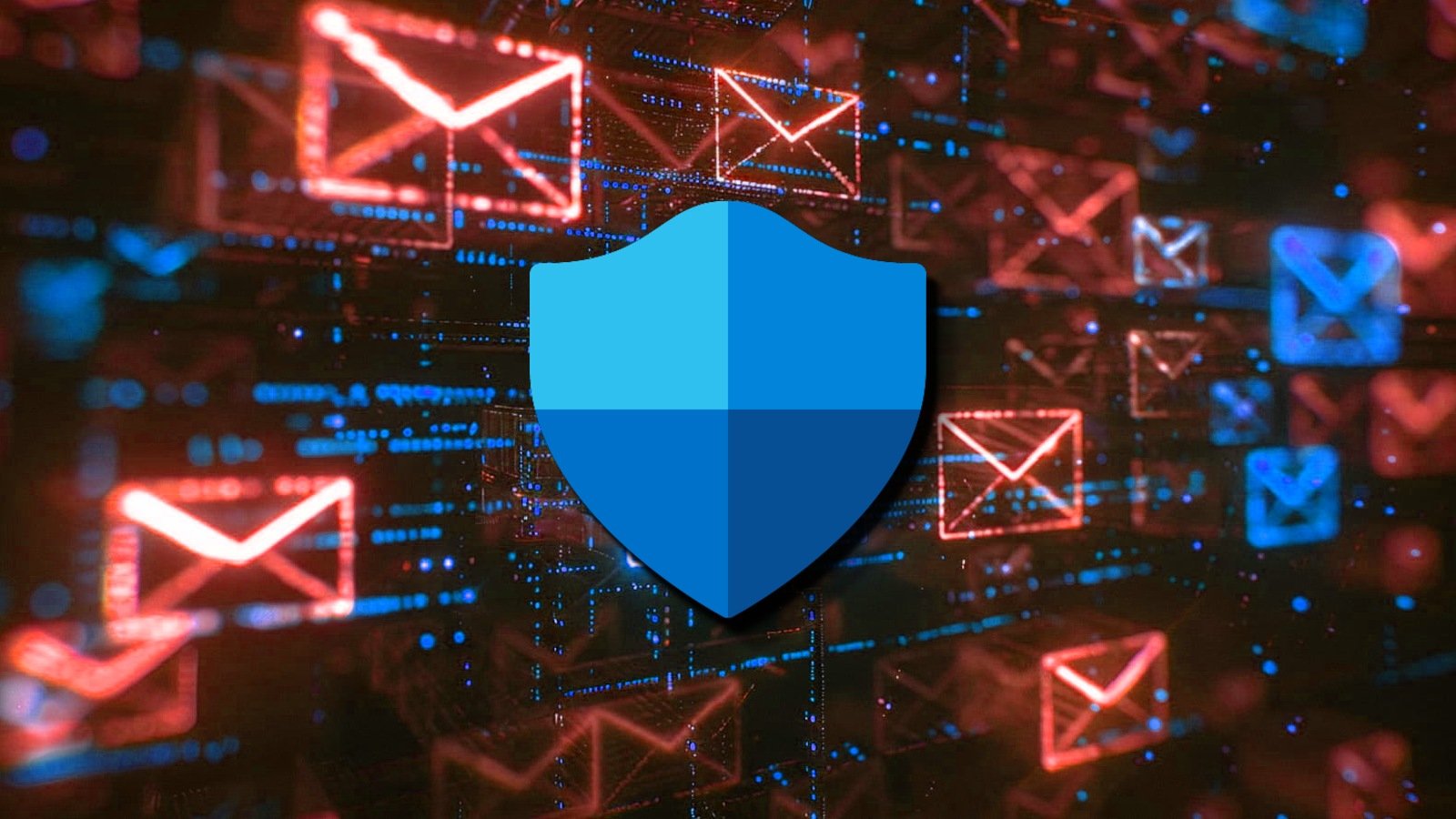Why You Still Need a Filing Cabinet (Even in the Digital Age)

We may earn a commission from links on this page.
Credit: Stacey Zhu; onurdongel / iStock / Getty Images Plus / Liudmila Chernetska / iStock / Getty Images Plus / Getty
One bit of wisdom that has come to me with age is that, sometimes, there is value in doing things the way they’ve always been done. Just because something can be modernized doesn’t always mean it needs to be. The best example of this, to me, is the humble filing cabinet. Yes, you can (and still should) digitize all your documents, since that makes them searchable and easy to find, but there are still great reasons to keep a real-deal, physical filing cabinet in your home.
First of all, filing cabinets aren’t just for files. The one I use has two drawers for file folders, but a smaller third drawer at the top that is ideal for office supplies. I’m a diehard supporter of the Organizational Triangle as a method to keep my home in order and that technique calls for everything you own to have a designated storage space and be stored with similar items. Keeping highlighters, a magnifying glass, staplers, etc. together with the stuff you use them for is an ideal organizational system.
The ones with extra storage space are typically taller than your one-off file storage boxes, too, so they provide helpful flat space that can be used for more storage or as a writing surface in a pinch. If all-in-one organization is your interest, try a file cabinet like this:
Some documents can’t be digitized
I am the person my friends and family members call on when they want help finding digital documents. I’m a meticulous organizer of my computer and phone and spend a lot of free time (generously) helping my loved ones organize their devices, too. But I learned this trait from my mom, who is diligent about physical document organization. When I need a copy of my birth certificate, that woman can produce it in seconds because it’s placed carefully in a clearly labeled folder in one of her many filing cabinets. Documents like that—certificates, social security cards, etc.—tend to need to be originals to count when it matters, like when you’re opening an account or getting your passport. Digital copies can only get you so far most of the time, so having a dedicated, labeled, organized storage space for the real stuff is key.
But other kinds of documents also need the physical treatment. In my mom’s job, for instance, some of the docs she handles are sensitive and can’t be digitized. A locked file cabinet is her best friend in that case. Other documents she handles are required to be kept for a certain amount of time before being destroyed. She tells me she doesn’t see the point of digitizing them just to delete them, so she keeps them in a special drawer of her file cabinet, then shreds them when the time is up.
What you need in this case is a lockable filing cabinet, like this:
Both drawers on this model lock independently with keys, which I like more than the cabinets that have one lock at the top that controls all the drawers.
Filing cabinets offer safety and protection
Following a very memorable incident in which my childhood dog tore apart not only my parents’ cardboard file boxes, but the files within them, my family switched to heavy-duty filing cabinets. In addition to ones that lock like the cabinets above, you can even get ones that are fire- and water-resistant. Yes, you can protect your documents from fire, water, and other physical threats by digitizing them, but the fact still remains you will always have important docs on hand in your home. Instead of keeping them piled up on a shelf, invest in a quality protective file cabinet or box. Some are pretty pricey, so it’s a good idea to determine how much you really need to store in something so hardcore, but you can also find smaller ones on the cheaper side, like this:
General filing cabinet tips
In my experience, the best way to use filing cabinets is by getting really nitty-gritty with your organization. I’m talking about labeled folders for everything. Each tax year should have its own folder. Each income source, asset, and person in your family should have one. In addition to clear labeling, I recommend using a variety of colors to represent all the different categories. You can get 100 multi-colored folders for $18.99.
Categorizing and organizing your documents and necessary items physically has a lot of benefits. I’ve found that it can actually be easier to pull open a drawer and look for something than to open and close a bunch of tabs and files on the computer. Plus, when you take the time to hand-write a label and physically handle a document, you really entrench it into your mind. It’ll be easier to remember where it is in a pinch for the same reason it’s easier to recall hand-written notes over digital ones when you’re studying.
I’m a file cabinet evangelist, I guess, and I think every home should have at least one. You don’t have to break the bank to do it or turn your back entirely on modernity. In fact, the easiest way to get a cheap one is by embracing modernity: Check Buy Nothing groups on Facebook or the free giveaways section of Craigslist regularly, as filing cabinets are usually abundant on there. When offices close or remodel, they give away a lot of stuff.








